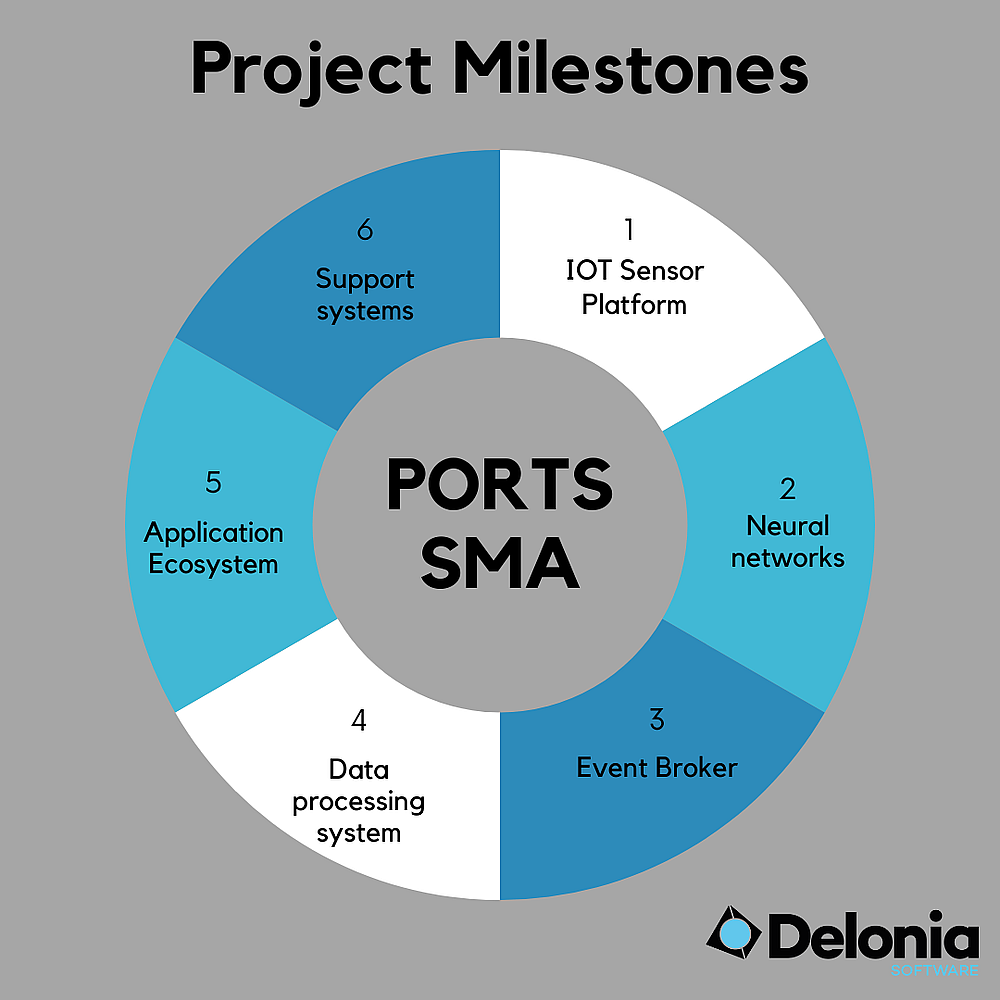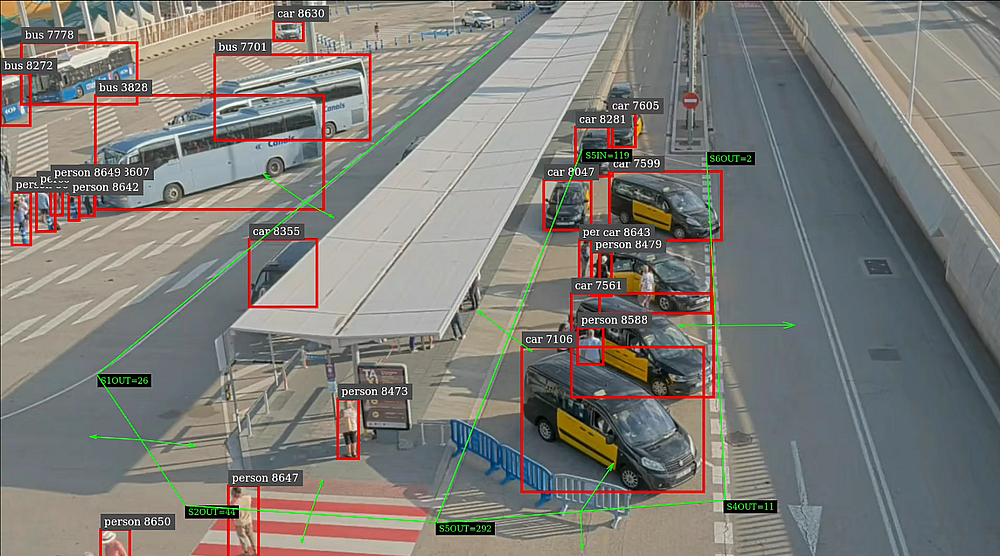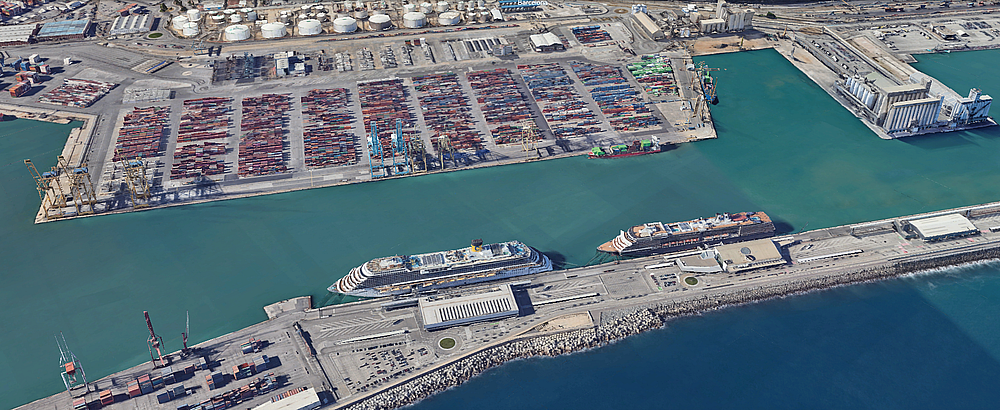It has been a year since Delonia Software was selected by the State-owned Spanish Port System for its Smart Mobility Analytics project. And over these 12 months, the project has been making great progress. Despite the challenges and obstacles of such a complex and novel undertaking, there is cautious optimism that the first version of the project will be released in 2024.
60% of project completion
The team has completed more than half of the required developments, which can be broken down into the following milestones:
1. IOT sensor platform, consists of:
– Detectors, such as cameras, or any other type of device that connects to the sensor network.
– The device management module, which registers the cameras and connects them to the reso system.
– The VMS system for multistream management and recording (video proxy + Nvidia deepstream). This generates video streams, encodes, and multiplexes them, and sends them to the corresponding neural network.
2. Neural networks (NN) for image processing. These NNs extract metadata from the images, which are then transformed into metrics.
3. Event Broker. The Event Broker decouples data generation from the applications that will consume them.

4. Data processing system. This processes a large amount of data in real time and in batches, at very high speed. This is made with a pairing of:
– Flink for real-time data processing.
– Apache Druid for storage and to perform queries of large amounts of data which can be consulted from interactive dashboards..
5. Application Ecosystem, which subscribes to the event broker and consumes their data in real time. It’s broken down into 3:
– Managers’ Web: Available to operations managers who provide transport services with the information they need.
– Passenger Web: Provides passengers with information on the status of the different queues, such as queue percentage and estimated waiting time.
– Cab drivers app: This helps cab drivers decide whether they need to go to the airport to pick up passengers in the queue..
6. Systems to support monitoring and deployment of the application. They detect system problems and facilitate the deployment of applications in any HW infrastructure.
90% system accuracy
The first version of the system has achieved an accuracy almost double that of competitors and is capable of processing 6 video streams simultaneously. Moreover, this version already incorporates a distributed architecture based on Kubernetes and microservices. This means greater flexibility to changes in functionality and quick deployments in any type of cloud infrastructure. In addition, it decouples data capture from its exploitation through an event broker. This makes the information captured by the cameras (sensors) available to a set of web applications.

Accomplishing more with less
The team has been able to develop a functional system with less resources. In terms of number of cameras, for example, the system can work with only 11 cameras, a fraction of what competitors proposed. This is not only significant in terms of cost, but more importantly in development time.
The project SMA project is proving to be a promising and distinctive exercise for the team. It not only shows how the use of AI can help optimize and exponentially improve solutions, but also highlights the importance of human ingenuity, critical thinking and innovative ideas to improve our lives.





